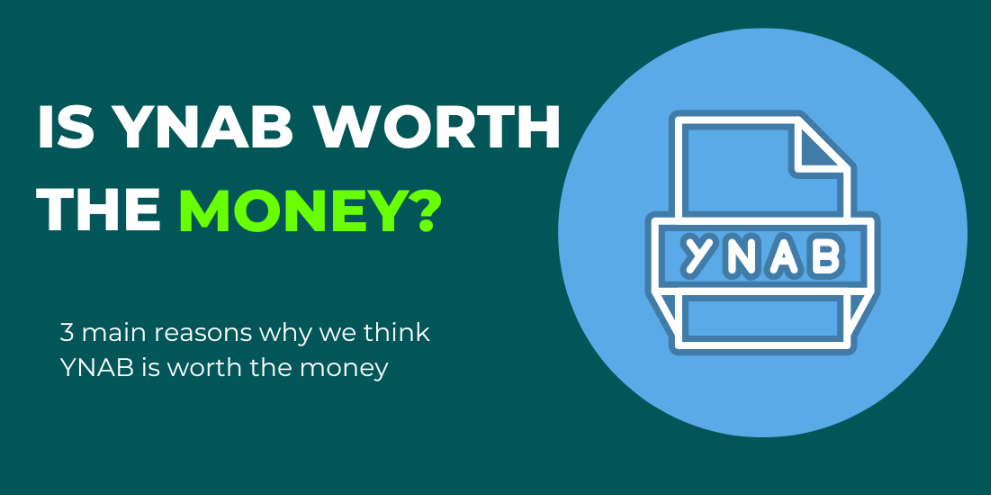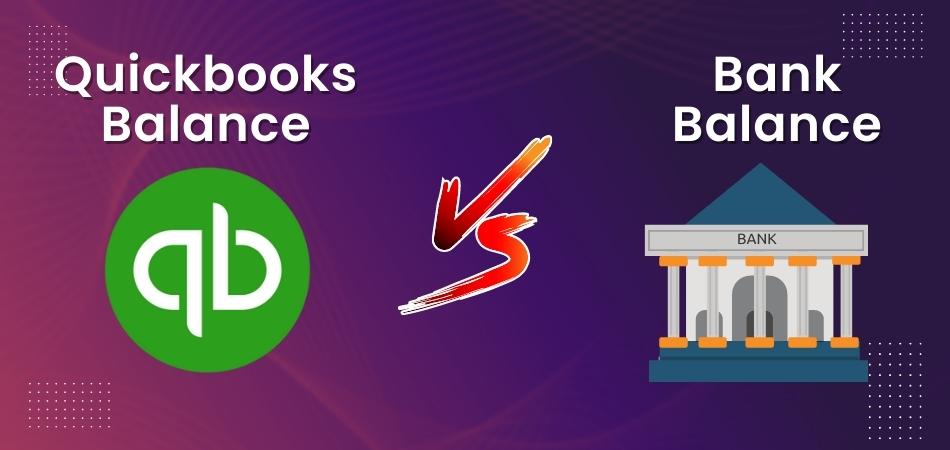How to negotiate credit card debt? Follow these 5 tips

Anúncios
Dealing with credit card debt can feel exhausting, but negotiating with your credit card issuer is an effective way to regain control of your finances.
Whether you’ve missed payments or are struggling to pay your monthly balance, there are strategies you can use to negotiate better terms and settle your debt.
Anúncios
If you’re looking for some tips on how to negotiate credit card debt, keep reading!
What are the ways to pay off a credit card debt?
Before entering negotiations, it’s essential to understand the different ways you can manage or eliminate your credit card debt.
Anúncios
There are two main approaches: working with third-party debt relief agencies or managing the process yourself.
Both have pros and cons, depending on your financial situation.
With agencies to settle debt
Debt relief agencies, also known as debt settlement companies, act as intermediaries between you and your creditors.
These companies negotiate on your behalf to reduce the total amount you owe, usually settling for a percentage of your balance.
However, these services usually come with fees, and the process can negatively impact your credit score.
There’s no guarantee that your creditors will accept the settlement terms. Make sure to research reputable agencies before signing up to avoid scams.
On your own
If you prefer to avoid third-party services, negotiate directly with your credit card company. This option allows you to avoid service fees and gives you more control over the process.
With the right approach, you can request reduced interest rates, waived fees, or a lump-sum settlement where you pay less than the total balance.
Be prepared to explain your financial hardship and propose realistic payment terms.
Learn how to negotiate credit card debt
Negotiating your credit card debt can be a way to avoid high interest and restore your financial health. Below, check out five essential tips for successfully negotiating and finding more detailed payment terms.
Understand how much you owe
The first step in any negotiation is understanding the total amount you owe.
Carefully review your credit card statements to get a complete picture of your outstanding balance, interest rates, and any accumulated fees.
Knowing these details helps identify areas where you can negotiate, such as interest rate reductions or fee waivers.
Create a list of all your debts and prioritize which ones to resolve first. It’s usually best to start with high-interest credit cards to minimize long-term costs.
Having this information organized also shows the creditor that you are serious about managing your debt and are prepared for negotiations.
Know your options for payment
Credit card companies offer different types of relief programs based on your financial situation.
Understanding these options allows you to propose solutions that align with the creditor’s policies. Here are some common programs:
- Lump-sum settlement: You offer a one-time payment for less than the total balance. This option is ideal if you have access to savings or other funds.
- Hardship plan: Creditors may lower your interest rate or reduce your monthly payment for a limited time. This is suitable if you are experiencing a temporary financial setback.
- Balance restructure: In this plan, the remaining balance is spread over several months with reduced interest or fees. This can help if you want to avoid default but need smaller monthly payments.
Understanding these options in advance allows you to make informed decisions during negotiations.
Get financially organized
Before contacting your credit card issuer, create a financial plan. Assess your income, expenses, and savings to determine how much you can realistically pay each month.
This step is crucial because creditors expect a concrete payment proposal.
Organize your budget by cutting unnecessary expenses, such as streaming services or dining out, to allocate more money toward debt repayment.
You may also consider selling unused items or taking on freelance work to temporarily increase your income.
Presenting a well-thought-out budget during negotiations shows that you are committed to resolving your debt.
Contact the issuer
When you’re ready to negotiate, call your credit card issuer directly. Ask to speak with the department that handles debt relief or financial hardship programs.
Be polite but firm, clearly explain your situation, and describe why you are unable to meet the current payment terms.
It’s helpful to be prepared for resistance, as not all creditors will agree to your request right away.
Use this opportunity to discuss all available relief options, including temporary hardship programs, lower interest rates, or settlement offers.
If the representative denies your initial request, don’t get discouraged. Politely ask to speak with a supervisor or call back later.
Persistence often leads to better outcomes.
Get the New Terms in Writing
Once you reach an agreement, make sure to get the new terms in writing. Verbal agreements can be misinterpreted or forgotten, so a written document ensures that you and the creditor are on the same page.
The agreement should include the total amount owed, payment deadlines, interest rates, and any fees that have been waived.
Having these terms documented protects you from unexpected charges or disputes in the future. It also provides a clear roadmap to follow, helping you stay accountable to your payment plan.
Make sure to keep a copy of the agreement for your records and track your payments to avoid missing any due dates.
Negotiating credit card debt may seem intimidating, but with the right preparation and strategy, you can successfully reduce your financial burden.
Start by understanding your debt, exploring all available options, and creating a realistic budget. Contact your credit card issuer directly and negotiate terms that align with your financial situation.
Finally, ensure that new agreements are put in writing to avoid misunderstandings.
By taking control of your debt and proactively working with creditors, you can create a manageable payment plan and rebuild your financial stability.
We hope you enjoyed our content about how to negotiate credit card debt! If you’re looking to read more posts about finances, keep browsing our site.
Also, check out our content showing the best apps for saving money!





